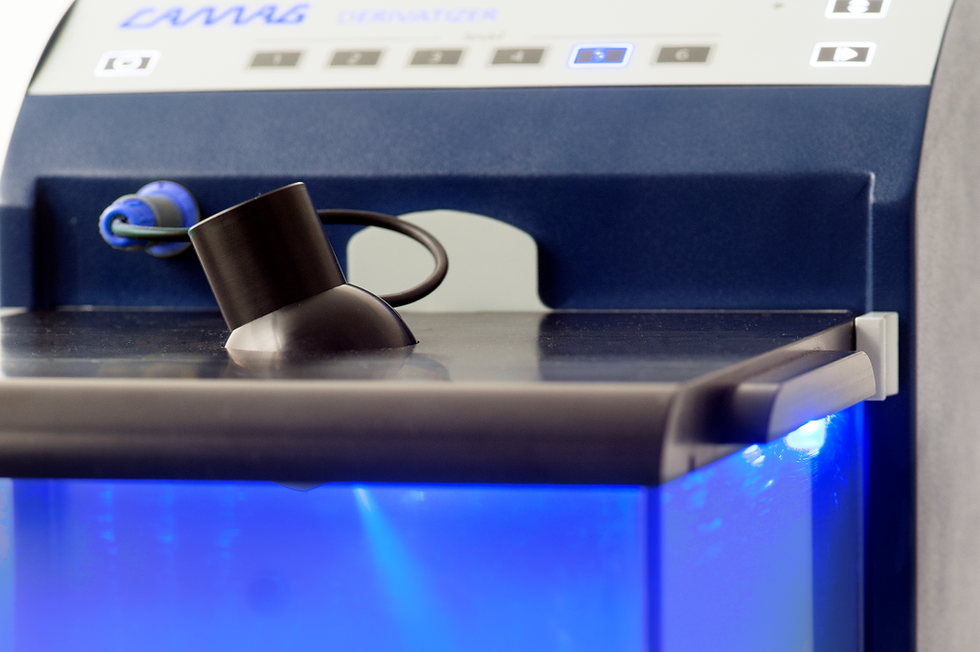New Release: CAMAG visionCATS 4.1 Spectrum Library for TLC Scanner 4
- Nicola Robinson
- May 13
- 2 min read
With the release of visionCATS 4.1 HPTLC Software, CAMAG present an exciting new feature for TLC Scanner 4 users; The visionCATS Spectrum Library.
The Spectrum Library provides users with a comprehensive database of over 900 UV reference spectra, carefully curated into 3 specialized categories; Pharmacognosy, Forensic Science and Pharmaceutical Quality Control.
HPTLC is a simple and efficient technique enabling up to 15 samples to be separated side-by-side on each plate, the TLC Scanner 4 makes it possible to measure a UV spectrum for any zones within an individual sample or all of the samples on the plate. The addition of the Spectrum Library to visionCATS HPTLC software takes away the guesswork of finding suitable standards or running an additional mass-spectrometry analysis for identification. The TLC Scanner 4 is also a non-destructive analysis technique, meaning the plate can be scanned again at different zones or wavelengths if further investigation is required.
Any reference spectrum from the Spectrum Library can be compared with a UV spectrum from a sample on a HPTLC plate, providing substance identification and confirmation, without the need for including a reference standard as part of the HPTLC analysis. Unknown samples can be overlaid with a reference spectrum selected from the library, then the Pearson correlation coefficient is used to automatically calculate the agreement between to the two spectra, eliminating the need for manual spectrum analysis and improving the efficiency, accuracy and reliability of data interpretation.

The Spectrum Library increases the power of HPTLC as a screening technique for unknown substances within samples, making it a valuable tool for the investigation of adulteration and contaminants. With potential uses including screening of counterfeit drugs, determination of adulteration in herbal products, and identification of possible impurities in pharmaceuticals, food products or dietary supplements. All without the need to run a panel of standards on the HPTLC plate at the same time.
It also offers researchers a tool to accelerate the identification of unknown active compounds in medicinal plants, which could then be used to develop new products and formulations. In particular, the Phytochemicals category of the Spectrum Library further simplifies classification by helping users determine the phytochemical class of an unknown zone. For these types of substances, reference standards may not yet be available, or they can be expensive or of poor quality, which can sometimes hinder the progress of a project.
Please get in touch via LiveChat or visit our Contact Us page if you would be interested in learning more or to arrange a demonstration.




Comments